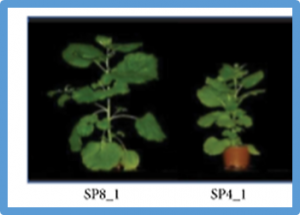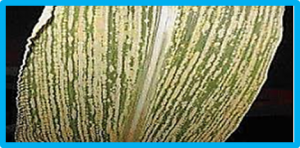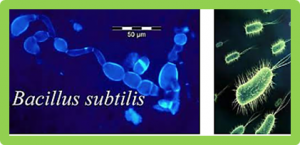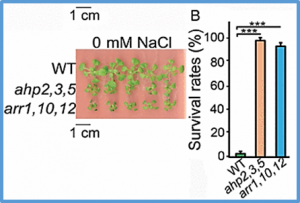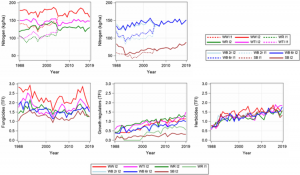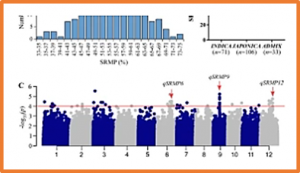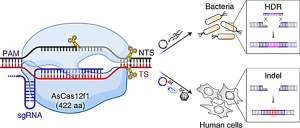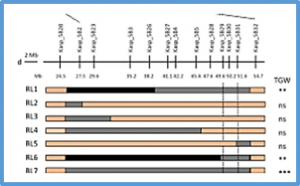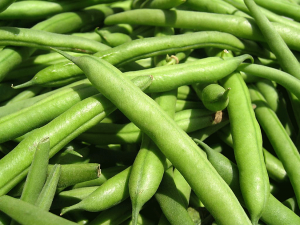Plant-based bioproduction of insect sex pheromones has been proposed as an innovative strategy to increase the sustainability of pest control in agriculture. Here, we describe the engineering of transgenic plants producing (Z)-11-hexadecenol (Z11-16OH) and (Z)-11-hexadecenyl acetate (Z11-16OAc), two main volatile components in many Lepidoptera sex pheromone blends. We assembled multigene DNA constructs encoding the pheromone biosynthetic pathway and stably transformed them into Nicotiana benthamiana plants.
The economic importance of the maize streak virus disease to the African maize production dynamic is to be appreciated now more than ever due to the preponderant influence of a changing climate. Continued dependence on a single major-effect quantitative trait locus (QTL) called Msv1 on Chromosome 1 of Maize (Zea mays L.) is not guaranteed to ensure durable resistance to the causal pathogen. With over ten decades of research on the disease and its associated host plant resistance mechanisms, it is pertinent to consider future approaches to attaining durability by looking to the synergistic roles of moderate- and minor-effect QTLs located on other chromosomes so as to facilitate a secure farming system for sub-Saharan Africa.
Inactivating p53 mutations are the most abundant genetic alterations found in cancer. Here we show that CRISPR/Cas9-induced double-stranded DNA breaks enrich for cells deficient in p53 as well as in genes of a core CRISPR-p53 tumor suppressor interactome. Such enrichment could predispose to cancer development and thus pose a challenge for clinical CRISPR use. Transient p53 inhibition could suppress the enrichment of cells with these mutations. The level of DNA damage response induced by an sgRNA influenced the enrichment of p53 deficient cells and could be a relevant parameter in sgRNA design to limit cellular enrichment.
Our understanding of plant–microbe interactions in soil is limited by the difficulty of observing processes at the microscopic scale throughout plants’ large volume of influence. Here, we present the development of three-dimensional live microscopy for resolving plant–microbe interactions across the environment of an entire seedling growing in a transparent soil in tailor-made mesocosms, maintaining physical conditions for the culture of both plants and microorganisms. A tailor-made, dual-illumination light sheet system acquired photons scattered from the plant while fluorescence emissions were simultaneously captured from transparent soil particles and labeled microorganisms,
Cytokinin (CK) in plants regulates both developmental processes and adaptation to environmental stresses. Arabidopsis histidine phosphotransfer ahp2,3,5 and type-B Arabidopsis response regulator arr1,10,12 triple mutants are almost completely defective in CK signaling, and the ahp2,3,5 mutant was reported to be salt tolerant. Here, we demonstrate that the arr1,10,12 mutant is also more tolerant to salt stress than wild-type (WT) plants.
Plant breeding and improved crop management generated considerable progress in cereal performance over the last decades. Climate change, as well as the political and social demand for more environmentally friendly production, require ongoing breeding progress. This study quantified long-term trends for breeding progress and ageing effects of yield, yield-related traits, and disease resistance traits from German variety trials for five cereal crops with a broad spectrum of genotypes.
Seed reserve mobilization plays important roles in the early seedling growth in rice. However, the genetic basis underlying this process is poorly understood. In this study, the genetic architecture of variation in seed reserve mobilization during seed germination was studied using a genome-wide association study approach in rice. Three quantitative trait loci (QTL) including qSRMP6, qSRMP9, and qSRMP12 for seed reserve mobilization percentage were identified.
The RNA-guided CRISPR-associated (Cas) nucleases are versatile tools for genome editing in various organisms. The large sizes of the commonly used Cas9 and Cas12a nucleases restrict their flexibility in therapeutic applications that use the cargo-size-limited adeno-associated virus delivery vehicle. More compact systems would thus offer more therapeutic options and functionality for this field. Here, we report a miniature class 2 type V-F CRISPR-Cas genome-editing system from Acidibacillus sulfuroxidans (AsCas12f1, 422 amino acids).
Thousand grain weight (TGW), determined by grain length and width, and is an important yield component in wheat; understanding of the underlying genes and molecular mechanisms remains limited. A stable QTL QTgw.caas-5B for TGW was identified previously in a RIL population developed from a cross between Zhongmai 871 (ZM871) and a sister line Zhongmai 895 (ZM895), and the aim of this study was to perform fine mapping and validate the genetic effect of the QTL. It was delimited to an interval of approximately 2.0 Mb flanked by markers Kasp_5B29 and Kasp_5B31 (49.6–51.6 Mb)
The pod is the main edible part of snap beans (Phaseolus vulgaris L.). The commercial use of the pods is mainly affected by their color. Consumers seem to prefer golden pods. The aim of the present study was to identify the gene responsible for the golden pod trait in the snap bean. ‘A18-1’ (a golden bean cultivar) and ‘Renaya’ (a green bean cultivar) were chosen as the experimental materials. Genetic analysis indicated that a single recessive gene, pv-ye, controls the golden pod trait.


 Curently online :
Curently online :
 Total visitors :
Total visitors :
